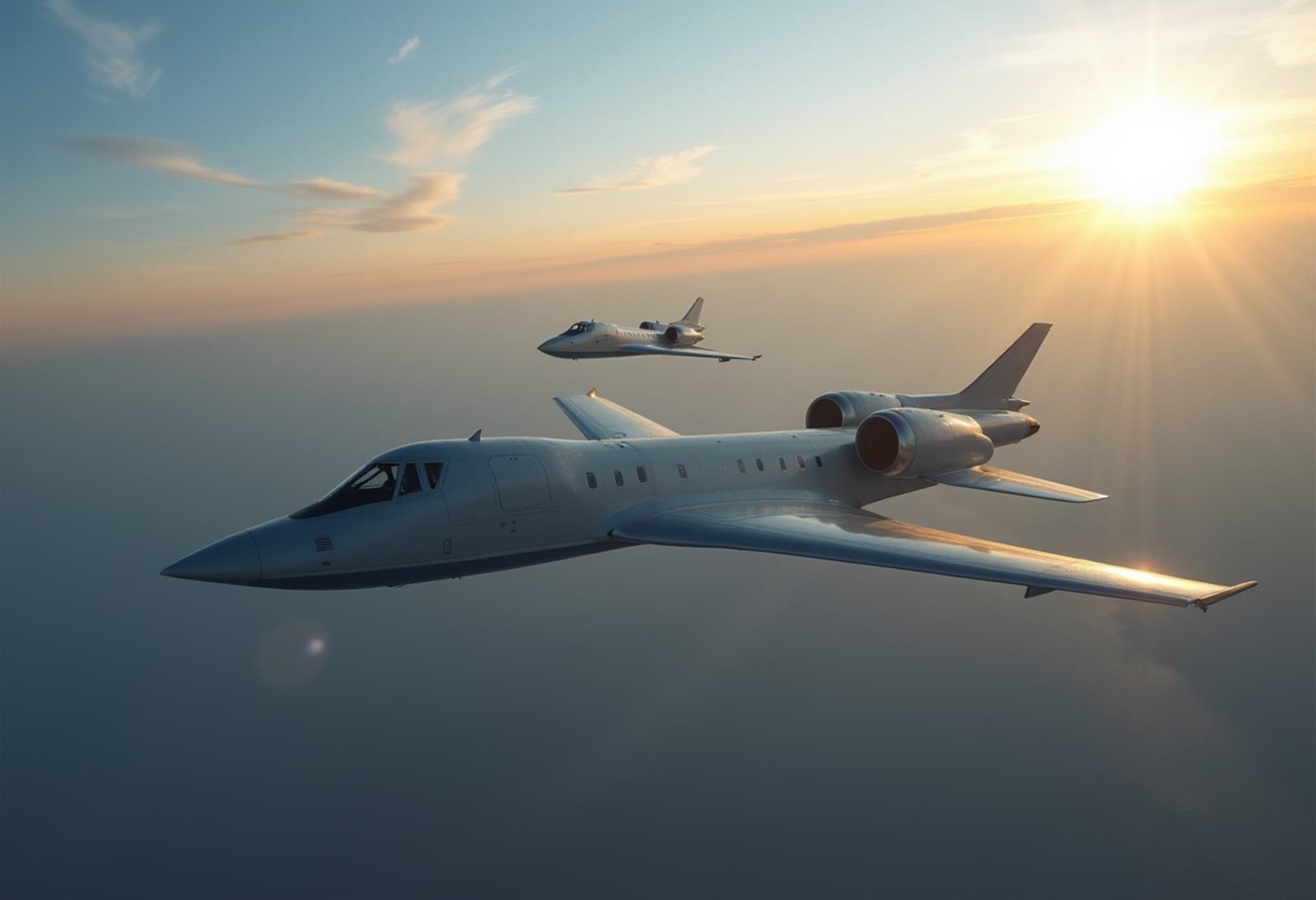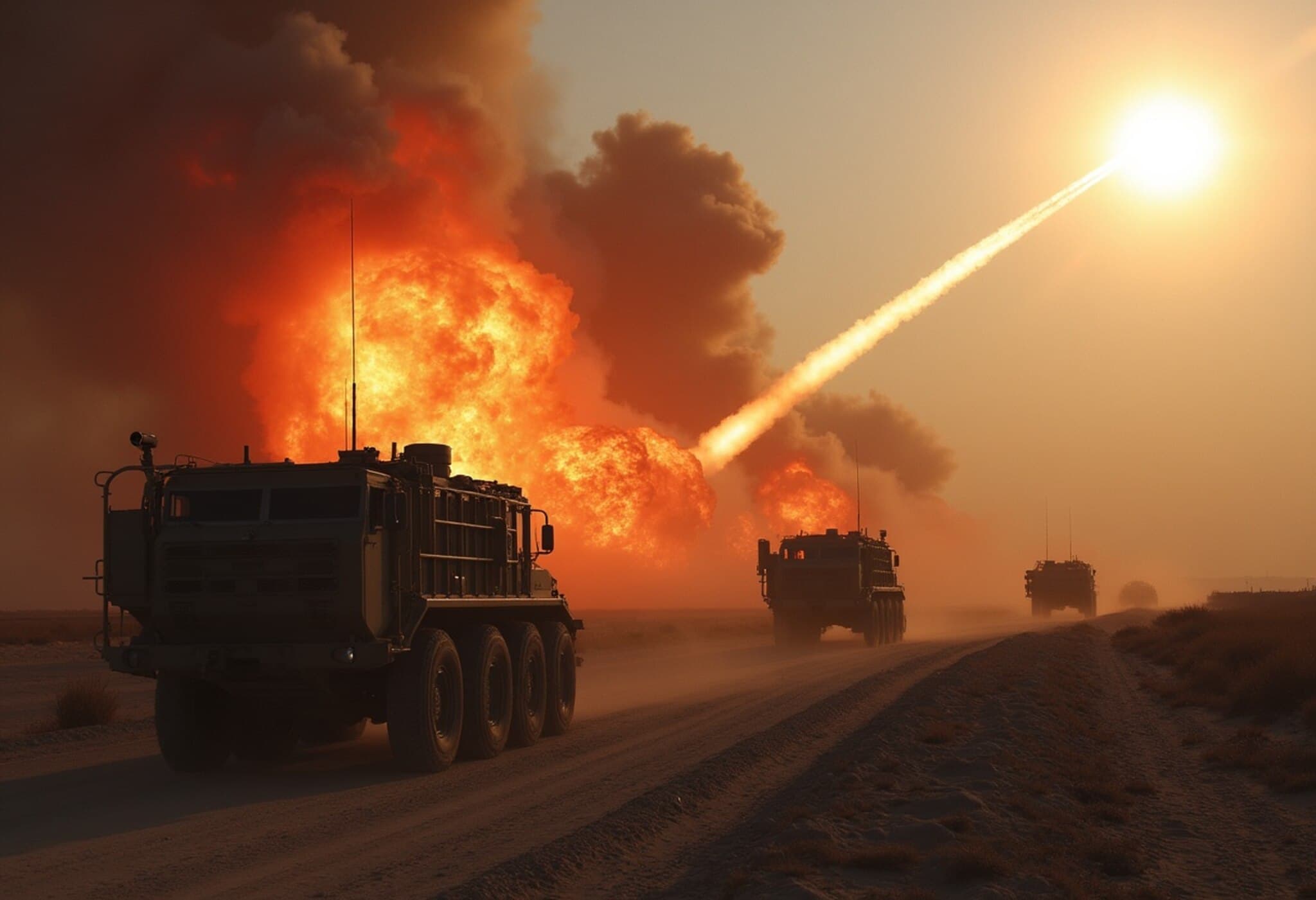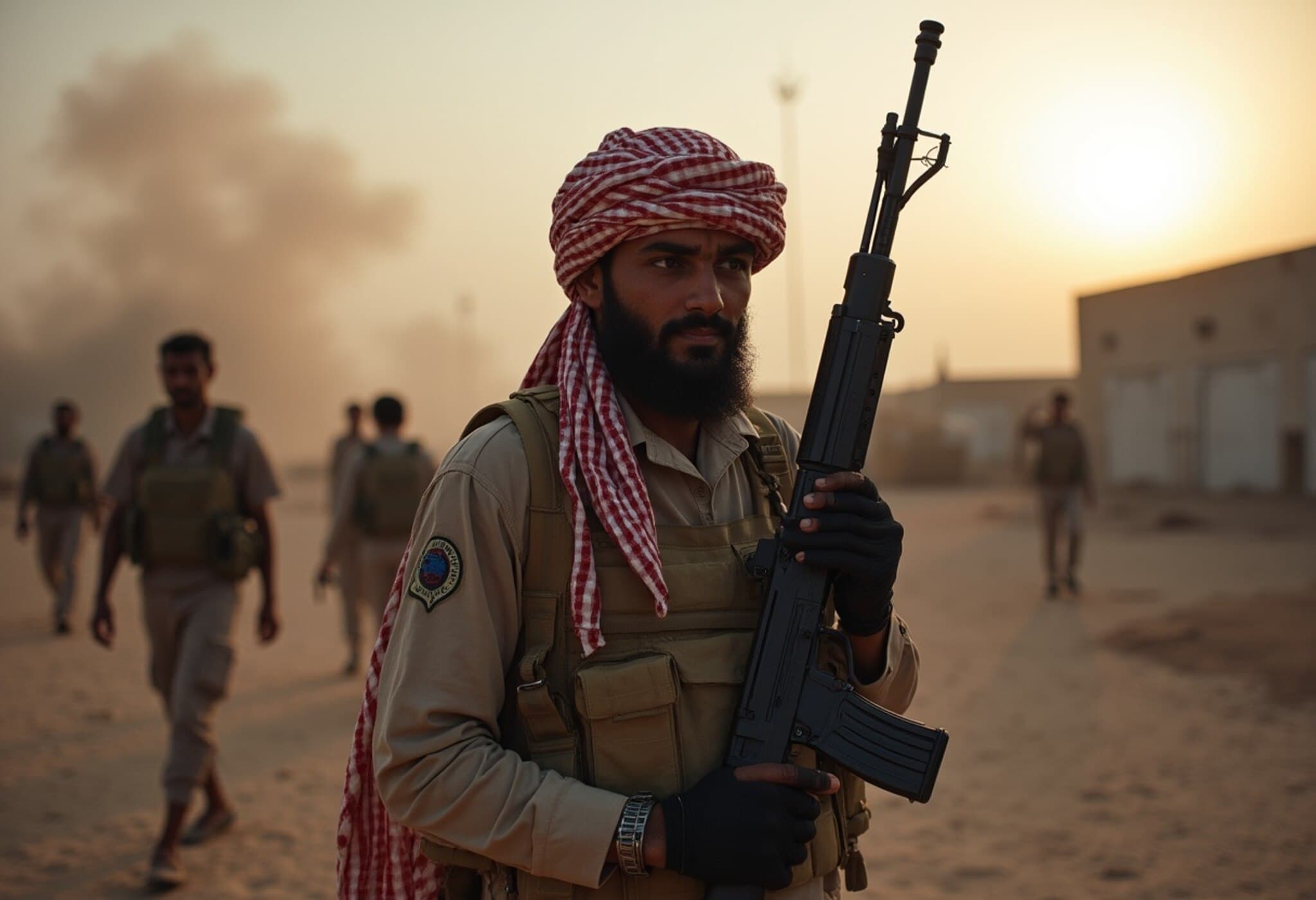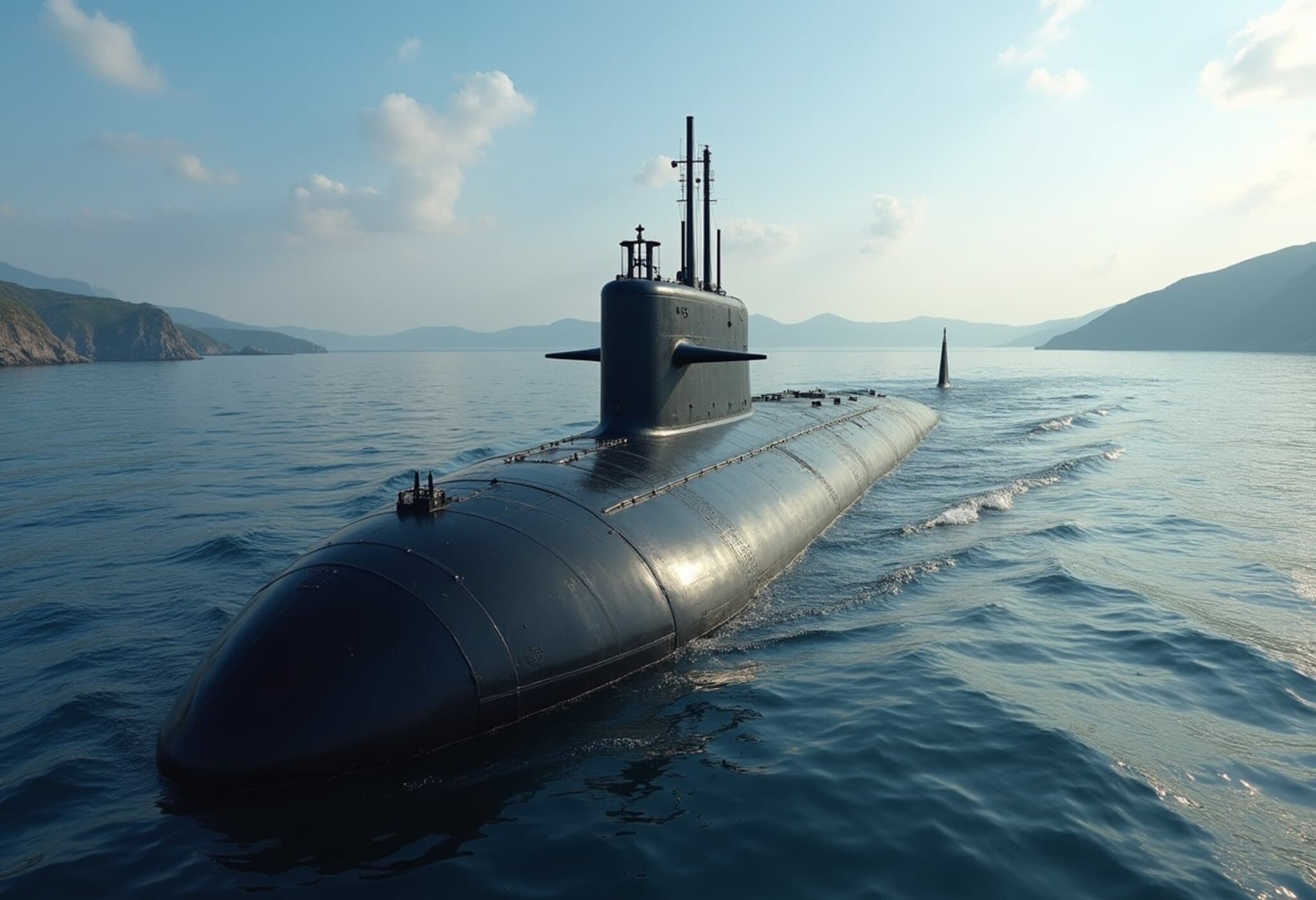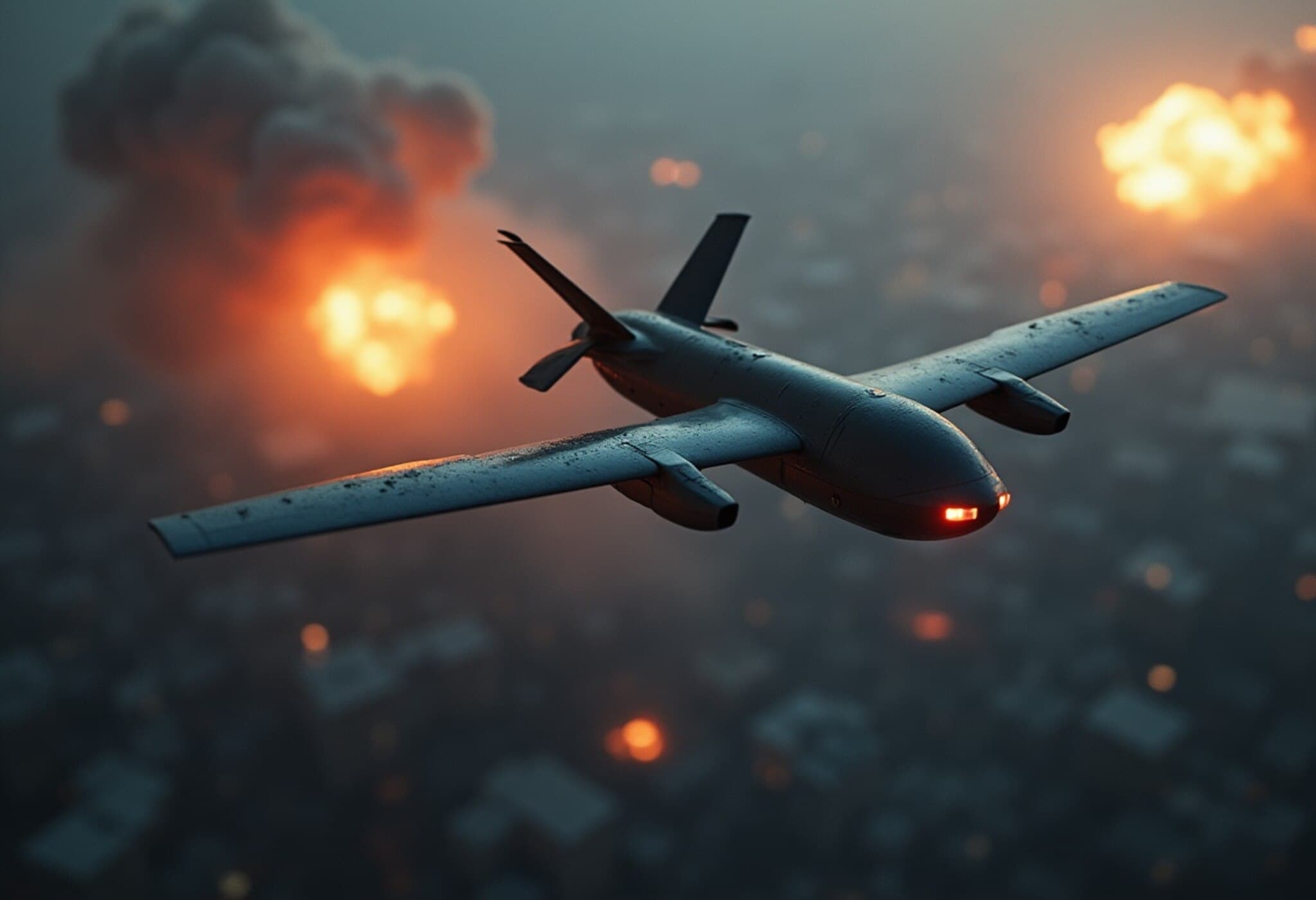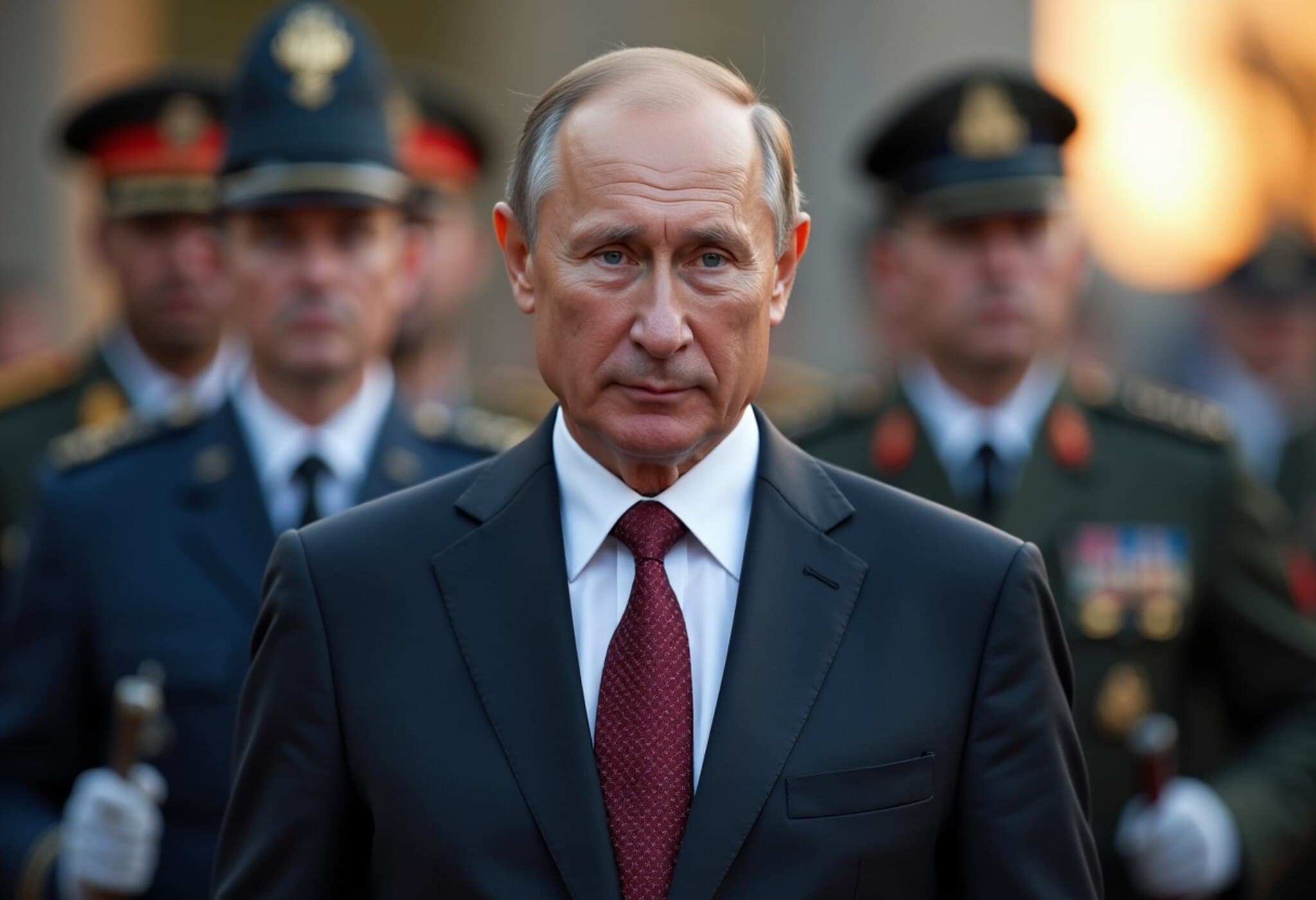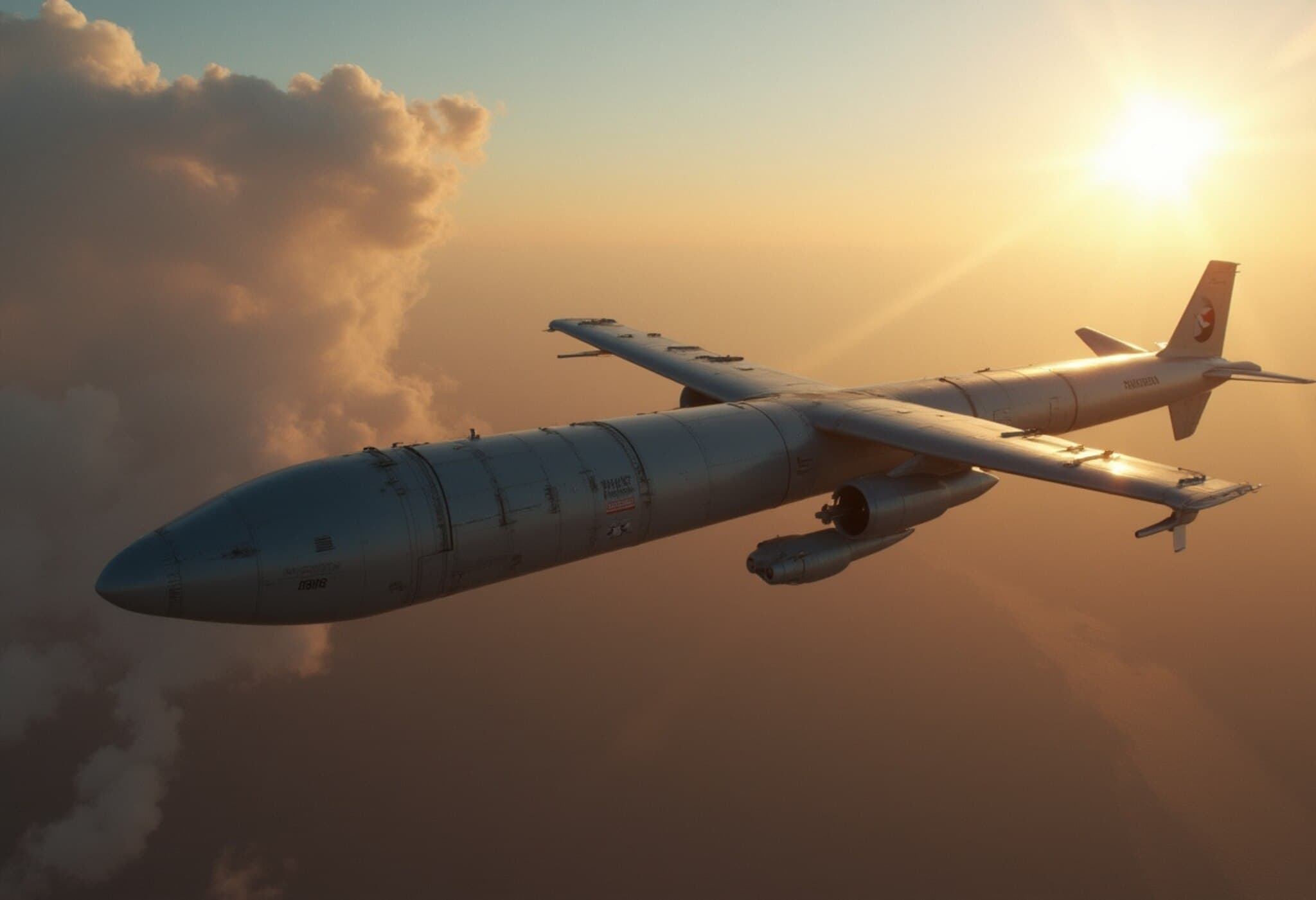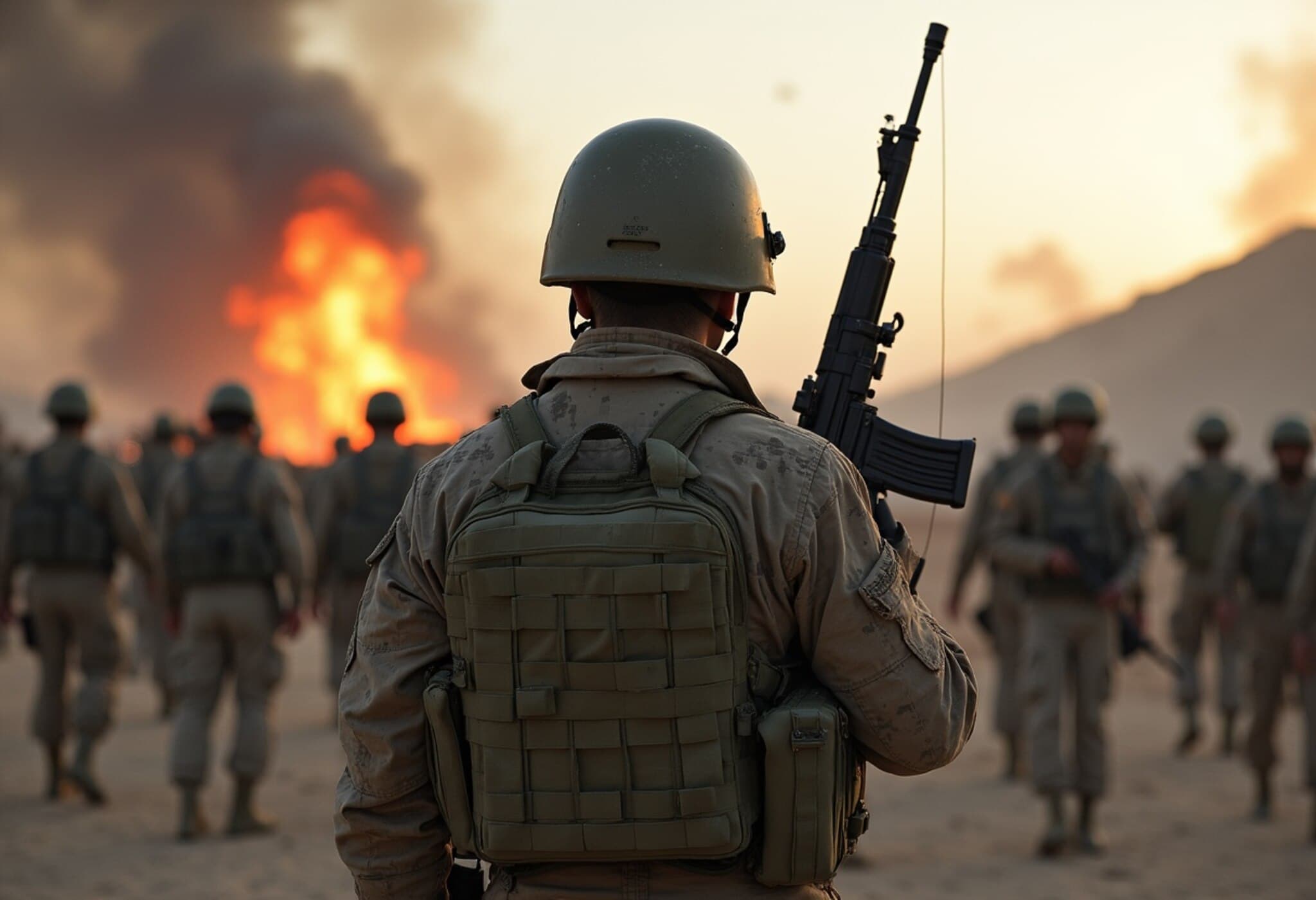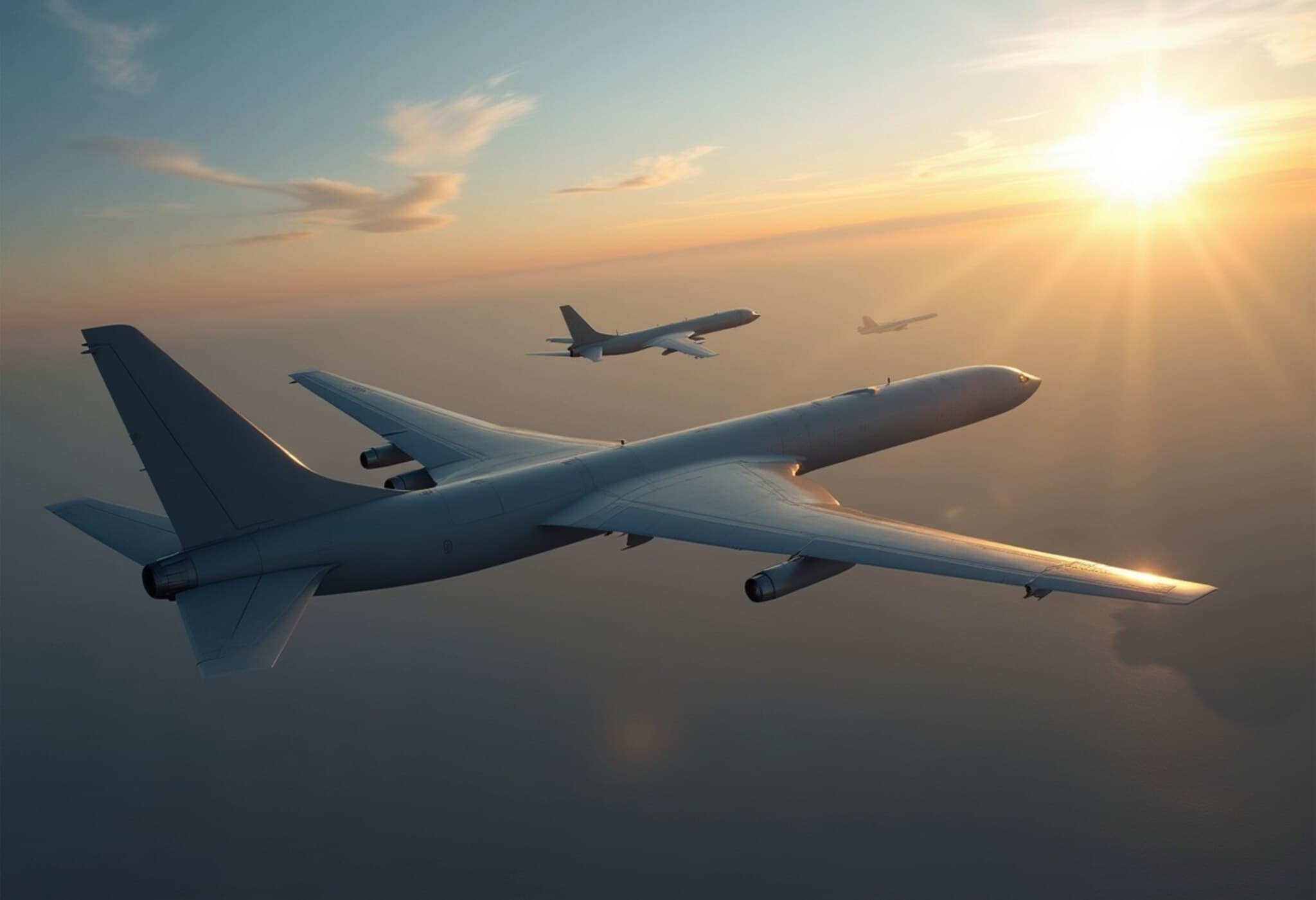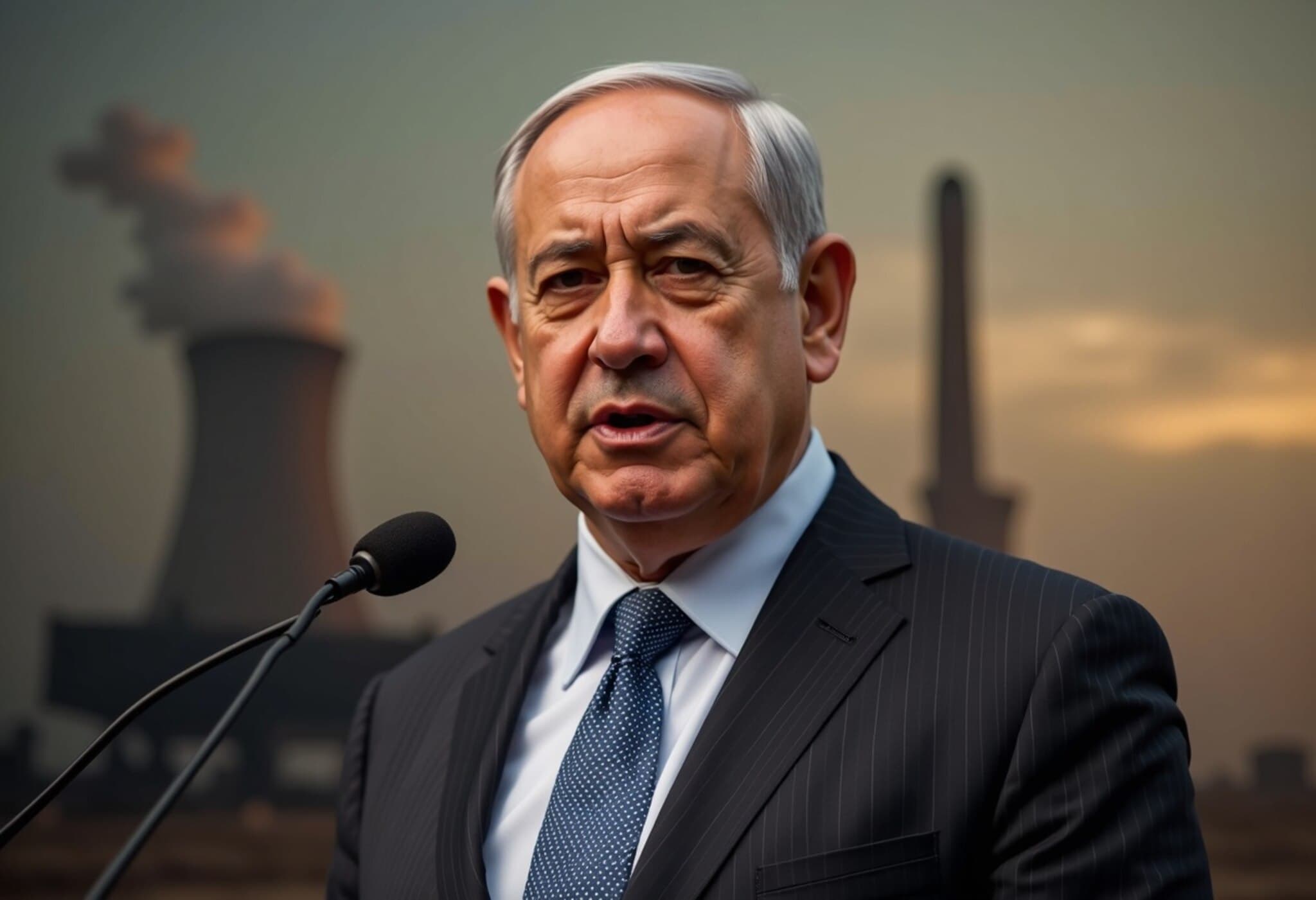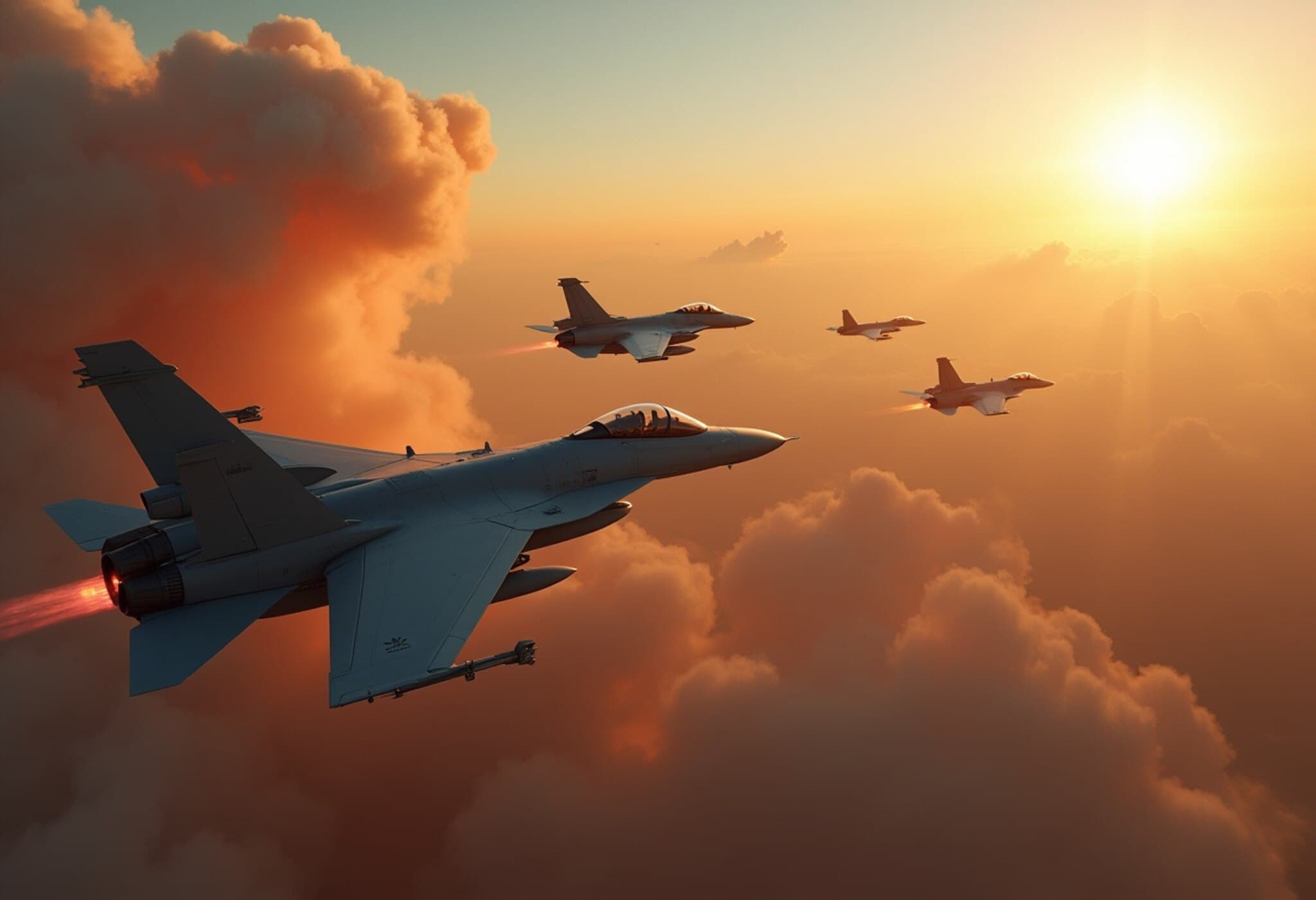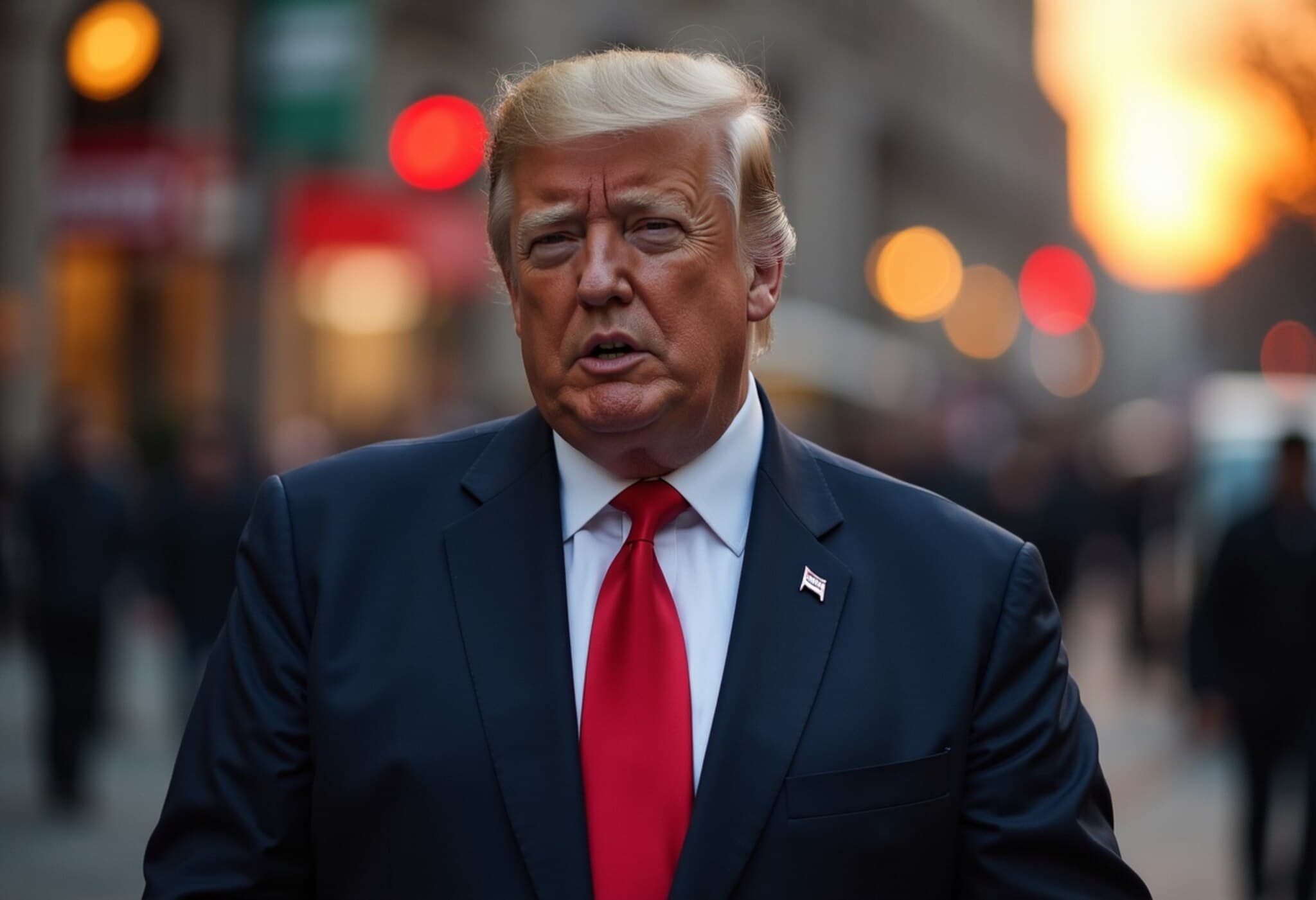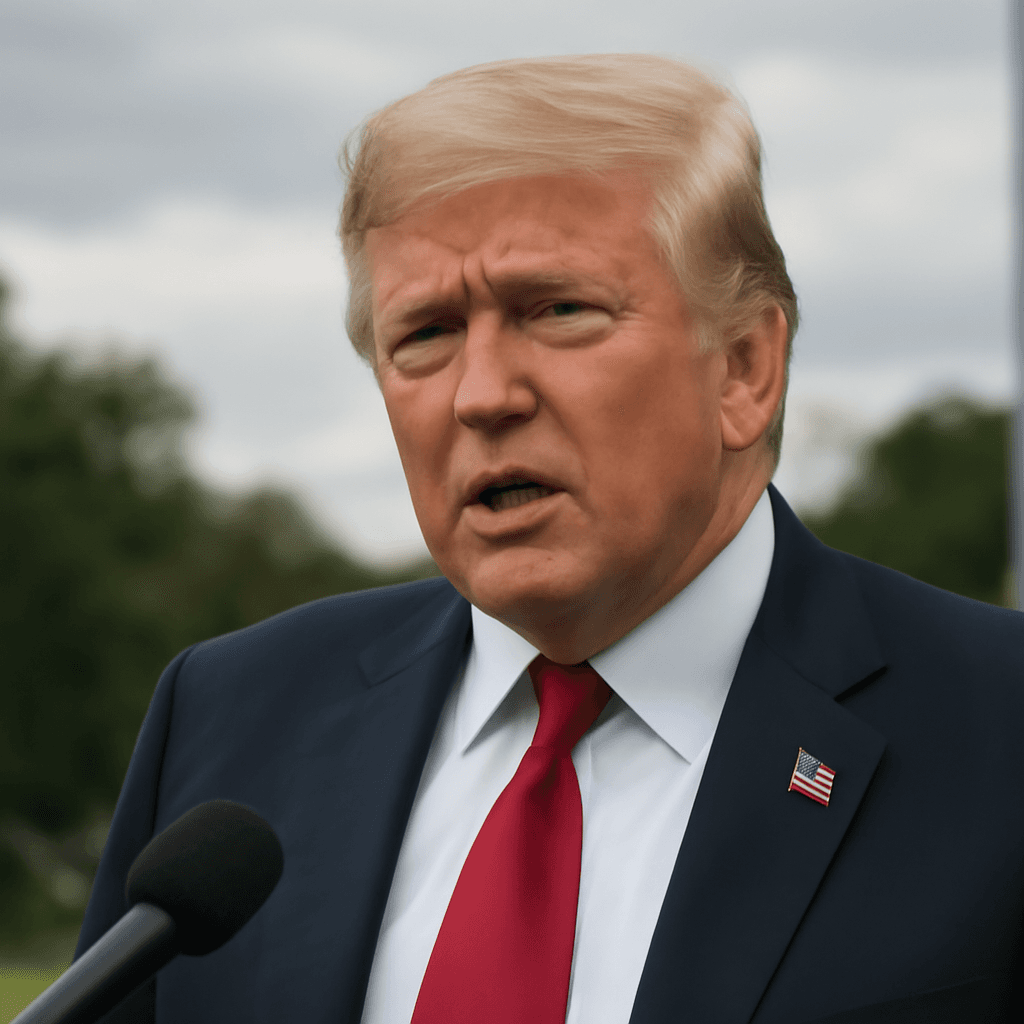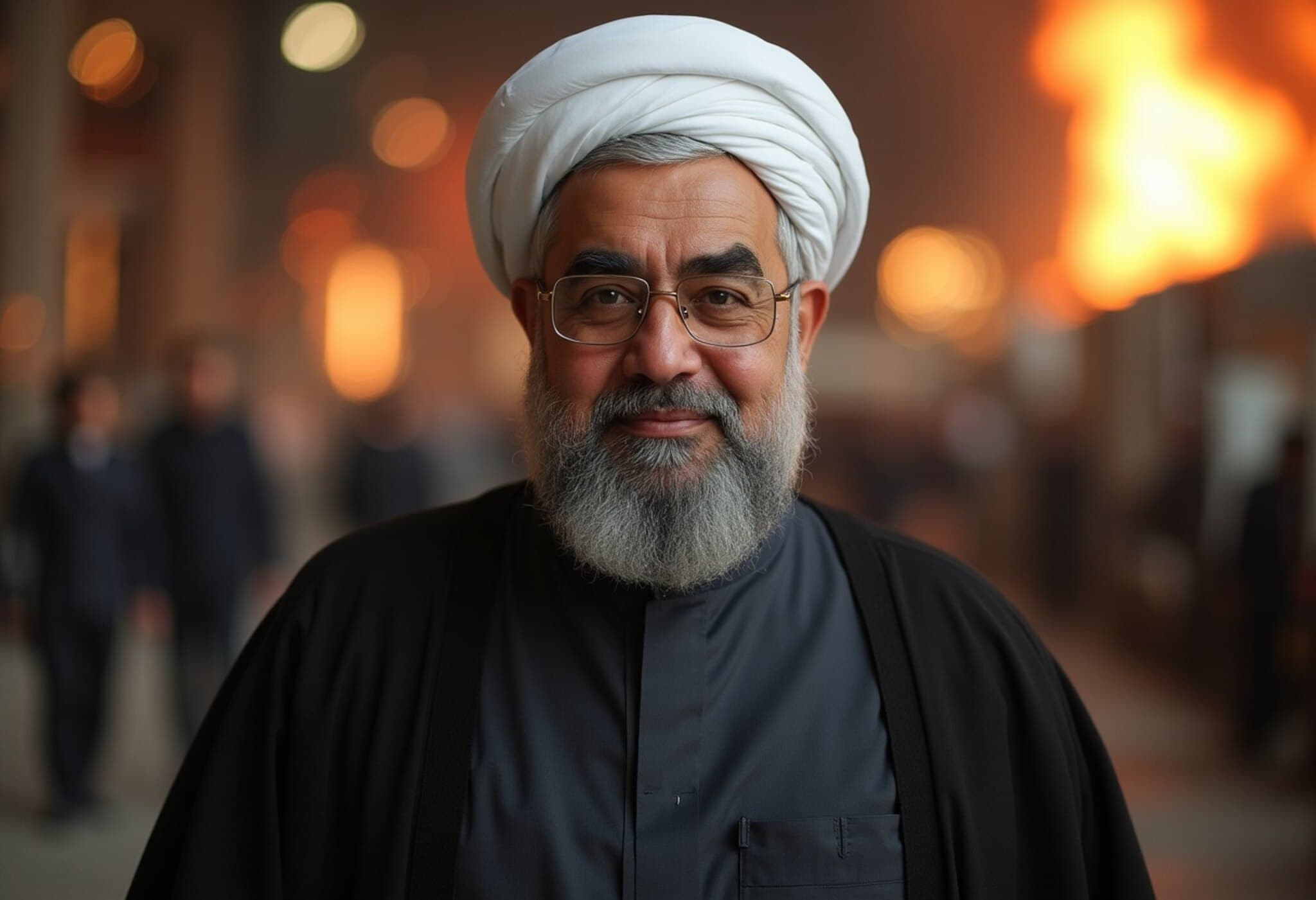US Moves B-2 Stealth Bombers to Guam
The United States has discreetly relocated its B-2 stealth bombers to Guam, a key Pacific strategic base, stirring speculation about America’s potential role in escalating tensions in West Asia. While officials have not confirmed a direct link, this move has raised questions about Washington's readiness amid a volatile regional environment.
The Power of B-2 and the Massive Ordnance Penetrator
The B-2 is among the US’s most sophisticated long-range bombers, capable of carrying the 30,000-pound GBU-57 Massive Ordnance Penetrator. This weapon is specifically engineered to destroy hardened, underground targets — a capability experts believe would be pivotal if strikes on Iran’s fortified nuclear sites, such as Fordow, are considered.
Geopolitical Context and Regional Developments
This deployment coincides with stark declarations from Iran’s President Masoud Pezeshkian, affirming that Iran intends to continue its nuclear activities unconditionally. Simultaneously, Israeli airstrikes have intensified, with Iran-backed groups threatening to escalate operations if the US officially enters the conflict.
Brigadier General Yahya Saree, a spokesperson for the Iranian-aligned Houthis, warned that their operations would surge sharply if the United States becomes involved.
Strategic Significance and Military Movements
Though the Pentagon remains tight-lipped, the B-2 deployment complements other military repositioning, including moving tanker aircraft and fighter jets, signalling heightened US preparedness for a possible power escalation in the region.
President Donald Trump has yet to decide on formal military support for Israel but appears to be positioning assets strategically to keep options open. Experts are watching to see if the B-2 bombers will advance to Diego Garcia, a vital US-British base in the Indian Ocean that offers an excellent launch point for operations in West Asia.
Regional Conflict and International Stakes
Recent weeks have seen Israel claim the elimination of a key Iranian commander amid ongoing air exchanges, while Tehran dismisses any nuclear negotiations under threat. The Israeli government asserts Iran is nearing nuclear weapons capability, a claim that Iran rebuffs, insisting its program is peaceful.
Amid these tensions, US military assets—including an aircraft carrier from the Indo-Pacific—are shifting closer to the region.
What Lies Ahead?
President Trump mentioned needing up to two weeks to decide on US involvement, emphasizing patience to observe if cooler heads prevail. Meanwhile, the strategic redeployment of these elite bombers sends a potent signal to Tehran and its allies: the US is preparing for all contingencies.

